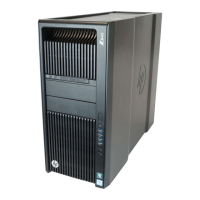
Do you have a question about the HP Z840 Workstation and is the answer not in the manual?
| Chipset | Intel C612 |
|---|---|
| Processor | Intel Xeon E5-2600 v4 series |
| Storage | SATA, SAS, SSD |
| Graphics | NVIDIA Quadro or AMD FirePro |
| Expansion Slots | 7 PCIe slots |
| Power Supply | 1125 W 90% efficient power supply |
| Operating System | Windows 10 Pro, Linux |
| Dimensions | 444 mm |
| Weight | Starting at 21.1 kg |
Describes carrying handles, USB ports, and expansion slots.
Describes streamlined interior, touchpoints, and cable management.
Discusses acoustic and thermal management for performance.
Focuses on energy efficiency and recyclability.
Details the C612 chipset and Haswell processors.
Explains AVX2 features for performance.
Describes AES-NI for data encryption.
Lists new features for AMT 9.1.
Introduces DDR4 memory and capacity support.
Describes the charging capabilities of front USB 3.0 ports.
Details Thunderbolt 2 features and capabilities.
Describes PCIe slots and internal USB connectors.
Lists front and rear I/O ports.
Mentions power supply support for graphics cards.
Covers power supply, manageability, and environmental certifications.
Explains the use of PCIe 3.0 controllers and backward compatibility.
Discusses performance benefits of PCIe 3.0 integration, DMA caching, and QPI.
Details controller interfaces and supported drive types (SATA, SSATA, SAS).
Lists supported RAID levels (0, 1, 5, 10) for different controllers.
Explains OROM/UEFI driver selection for RAID controller configuration.
Describes how to enable/disable SATA, SSATA, and SAS storage controllers.
Details OROM RAID creation for SATA/SSATA controllers.
Details OROM RAID creation for SAS controllers.
Discusses SSDs, TRIM support, and performance in RAID.
Explains Windows write-caching settings and their impact.
Details Intel RSTe write-back cache for RAID volumes and its benefits.
Describes LSI SAS disk write caching policy based on RAID level.
Lists supported and unsupported memory types (DDR4 Registered/LR DIMMs).
Details memory capacity, sockets, speed, and channel configurations.
Explains ECC error correction and detection for memory modules.
Describes parity error detection for memory command and address signals.
Discusses optimizing memory performance through configuration.
Introduces the common BIOS image (M60) shared across workstation models.
Discusses UEFI and legacy OS compatibility with the M60 BIOS.
Lists new BIOS configuration and update tools for the M60 BIOS.
Explains UEFI, legacy, and secure boot options in the BIOS.
Discusses NVMe SSD support for improved performance over AHCI.
Describes remote BIOS update functionality within Computer Setup.
Lists available processor snoop modes supported by the Xeon E5 v3 processor.
Mentions BIOS security defaults accessed via the Security menu.
Discusses updated Secure Boot keys for HP UEFI applications.
Covers information required for motherboard replacement and first boot.

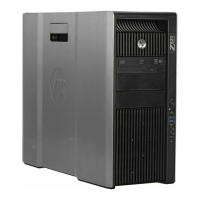
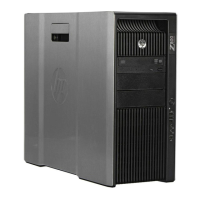
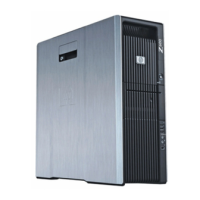
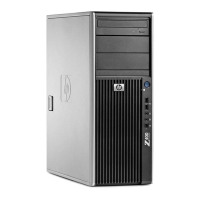
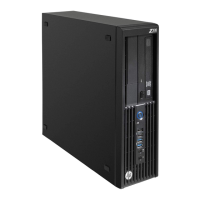






